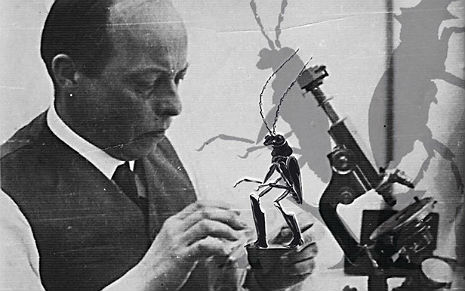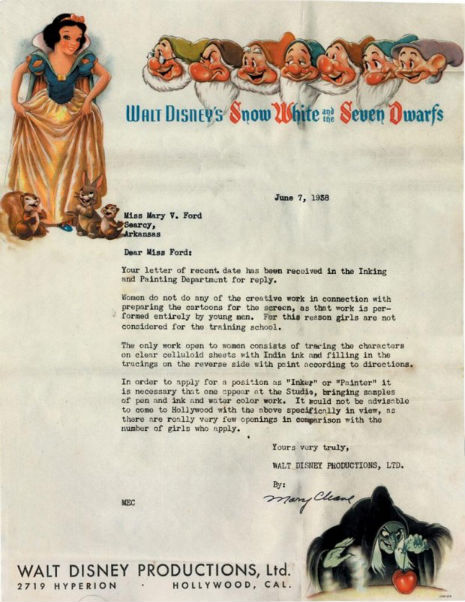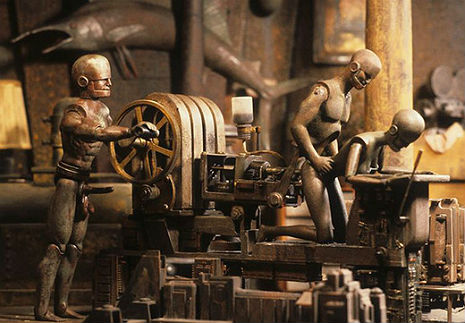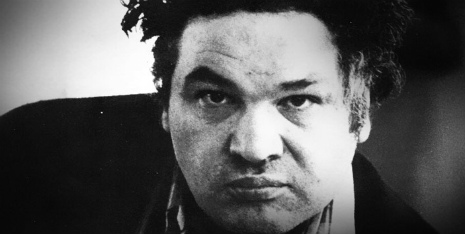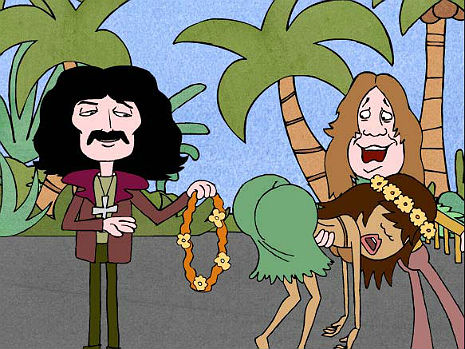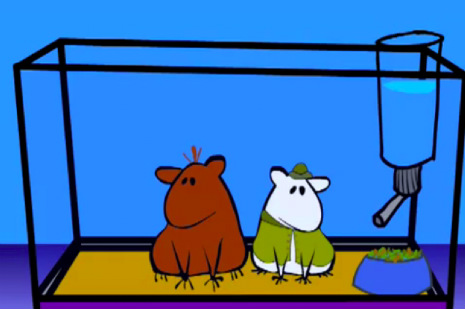
Image by Michael Paulus
Although today we tend think of Betty Boop as little more than a trademark seen on various consumer items, or in advertisements, at one time, Betty Boop, a creation of Fleischer Studios (who also came up with Popeye the Sailor) was looked upon similarly to the way we regard The Simpsons or South Park today, animations where much of the humor is aimed primarily at the adult viewer.
First of all, unlike Daisy Duck or Minnie Mouse, Betty was drawn with cleavage and frilly panties. And she was a human girl, not a duck or mouse girl. Modeled on the archetypal 20s jazz flapper, singer Helen Kane and the “It Girl” of the silent movie-era, Clara Bow, Betty Boop’s sex appeal was seen as somewhat upfront for a cartoon character. She was also seen, in the course of her adventures in certain less than savory situations, squalorous nightclubs and against run-down backdrops.
Barely disguised sexual innuendo is plentiful in Betty Boop cartoons and even images of gambling, drug paraphernalia and alcohol abuse are seen in one particular vivid nightmare sequence. One cartoon showed Betty and Koko the Clown getting high on Nitrous Oxide. Eventually the gas escapes outside and even the mailboxes have a giggle fit. In two others, she is topless. By 1934, Betty’s bohemian antics were toned down to appease the National Legion of Decency and the Production Code.
Some of the best-remembered Betty Boop cartoons are the ones featuring jazz legends like Louis Armstrong and Cab Calloway. In 1932’s (I’ll Be Glad When You’re Dead) You Rascal You, Armstrong appears in some of the earliest footage ever seen of the great musician as a menacing, disembodied floating head, chasing Betty, Bimbo and Koko the Clown through the jungle, and performing with his orchestra. (“The High Society Rag” is also performed).
Cab Calloway was featured in several Betty Boop cartoons such as the classic Minnie the Moocher, where he sings as a walrus surrounded by ghosts to a runaway Betty. In 1933’s Snow White, Calloway, in the guise of Koko the Clown, moonwalks and sings St. James Infirmary Blues. Koko’s dance moves came from rotoscoped footage of Calloway (Max Fleisher, in fact, invented the Rotoscoping technique). In The Old Man Of the Mountain, Calloway performs three numbers.






